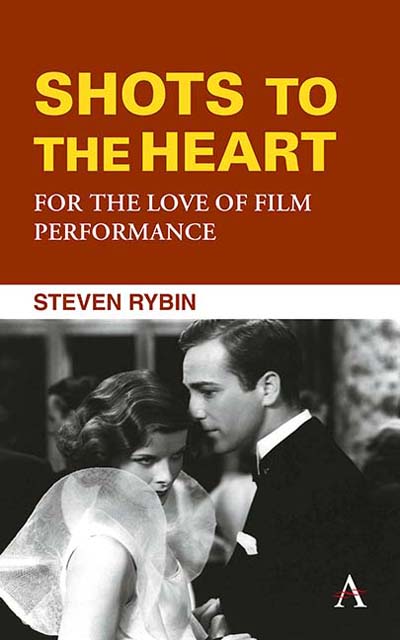Summary
A performer's gestures, in all kinds of films, can also appear as part of a hidden web: they can hint at a secret coherence awaiting intuitive discovery, other ways of seeing a film.
Charles Burnett's My Brother's Wedding (1983) sprawls across the urban and residential areas of Watts, a predominantly African American community near Los Angeles. Pierce Mundy, the film's central character, is played by Everette Silas. We know Mundy only as Silas expresses him, through voice, body, and glance, which is to say, as a flighty being one minute—a man given to running, slipping away—and a hesitant one the next—equally adept at standing still, warily glancing at others who orbit the edges of his world. He is committed to his family but at the same time only dutifully present at work (he is employed by his parents), and always likely to drift into dalliance with Solider (Ronald E. Bell), a childhood friend. Silas—a lanky, spindly performer, tall and fragile in equal measure—expresses Mundy's tentative commitment to his environment through concrete gestures: his hands are the dominant motif of his performance, and they hold objects even as his legs at times urge him away (the final shot of the film, in which he holds the rings for his brother's wedding, is emblematic of Silas's expressive use of his hands). Silas's gestures toward people are primarily those of embracement, and of care, frequently taking the form of a hand or an arm around another's shoulder. Such gestures are performed by Silas early in the film, when Pierce visits Mrs. Richards (Sally Easter), the mother of Soldier, who is about to be released from prison. Burnett frames the beginning of this moment between Silas and Easter in a long shot, taken from the interior of a kitchen that looks out onto the dining room where Easter sits alone (Silas has yet to enter), contemplating a broken teacup she cradles in her hands. Silas soon enters the frame from the left, wraps his left arm around Easter's shoulder and back, and gives her an affectionate kiss on the cheek.
- Type
- Chapter
- Information
- Shots to the HeartFor the Love of Film Performance, pp. 41 - 46Publisher: Anthem PressPrint publication year: 2022

